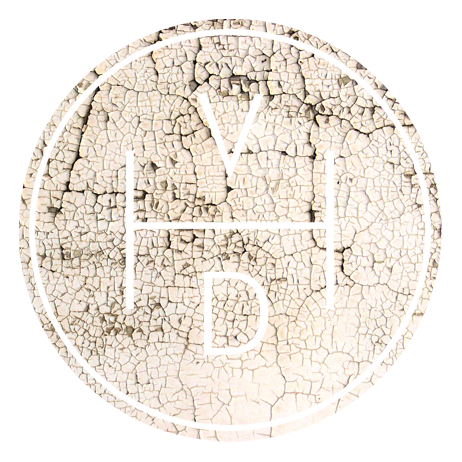Brandt Berglund and Clare E. Bolsby - Wilderness Cookbook, 1976
I first saw this recipe on an episode of River Cottage, it looked amazing but I think that Brandt Berglund and Clare E. Bolsby have trumped Mr. Fearnley-Wittingsall with this recipe from their 1976 publication - "Wilderness Cookbook."
“Planked fish was often used on the trail by scouts and early settlers. The method is simple and needs little attention while cooking.
Split a log a little larger than the spread of the fish. Rub some bacon fat or bear grease on the plank and prop it up vertically in front of the camp fire. Clean the fish and remove the head and tail. Split the fish open and place it skin side down on the preheated log. Tack the fish down along the edges of the skin with wooden pegs.
Season the fish and smear some grease or bacon fat on it. Place the log vertically in front of the fire and let cook. Baste the fish from time to time; it makes the meat much juicier.
The fish should cook in about 20 minutes, depending on size. Check the fish occasionally. When the meat is flakey and tender, remove from the head before it breaks loose from the skin and falls into the fire.
To save the trouble of basting I usually peg three or four strips of bacon on top of the fish before placing the log in front of the fire.”
Planked Salmon on the Fire
When I tried this method of cooking, I did a whole side of salmon on an offcut of wood. I didn't have any wooden pegs so I used regular nails, and I was fresh out of bear grease so I used butter, a little olive oil and some herbs. I also put a cast iron pan beneath the plank to catch all the goodness that came out which I used to baste the fish and pour over the meat when finished. It took a little over 20 minutes, but it was a big piece of fish.
Planked Salmon Finished and Ready to Serve
The finished salmon fell away from the skin and was succulent and moist. Incredibly straight forward and extremely delicious.








